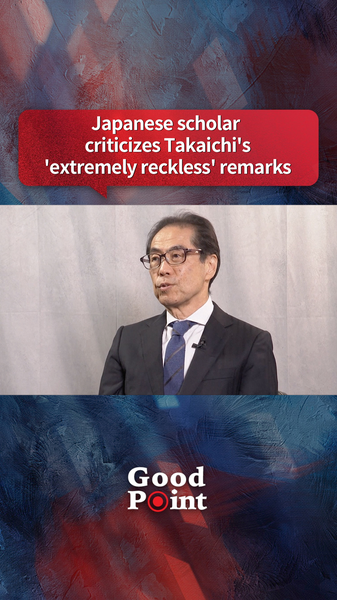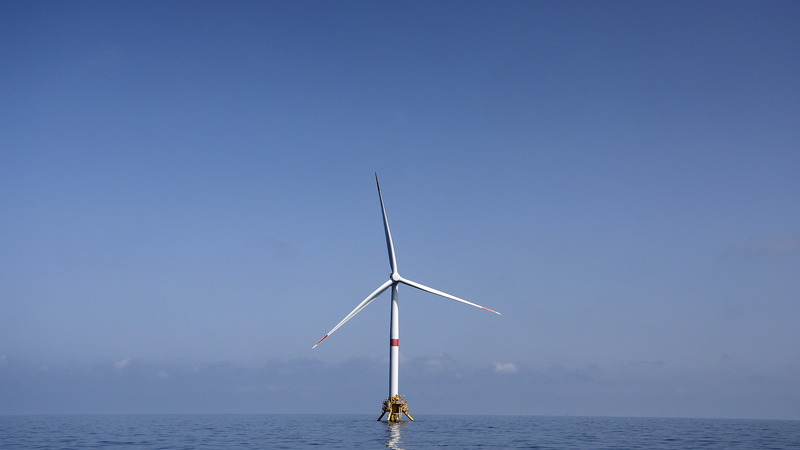In 1949, at the height of a tumultuous China-wide civil war, 9-year-old Yan Dingzhao experienced a life-altering moment: his father, Yan Luoguo, was conscripted by the Kuomintang and shipped off from Dongshan Island to the Taiwan region. The boy never saw Luoguo again.
Decades passed before the family learned in 1983 that Luoguo had passed away. But the island of Penghu, administered by Taiwan authorities, held his remains out of reach for another 35 years. It was only when 82-year-old Dingzhao navigated the complex cross-strait channels and secured the necessary permits that he could journey to Penghu, collect his father's urn, and return to Dongshan Island for a long-overdue farewell.
Dingzhao's story is a poignant reminder of the human dimension behind geopolitical headlines. More than 70 years on, thousands of families still grapple with the legacy of separation across the strait. While high-level summits make headlines, personal journeys like this highlight the slow yet meaningful shifts in cross-strait humanitarian policies.
For global citizens and digital nomads, Dingzhao's odyssey underscores how border policies shape our personal narratives. Entrepreneurs and tech enthusiasts tuning into cross-strait logistics will see parallels: the same routes that carry goods and data now also carry cultural and emotional legacies.
As activists and thought leaders push for sustainable connections, this journey asks us all: how do we heal historical divides in our communities? What untold stories wait to be reunited as borders evolve?
On the shores of Penghu, standing beside his father's old barracks, Dingzhao whispered a simple 'thank you' to the sea—a gesture of pain, hope, and finally, closure. It was a moment decades in the making, reminding us that waters may separate us, but they can also guide us home.
Reference(s):
cgtn.com




